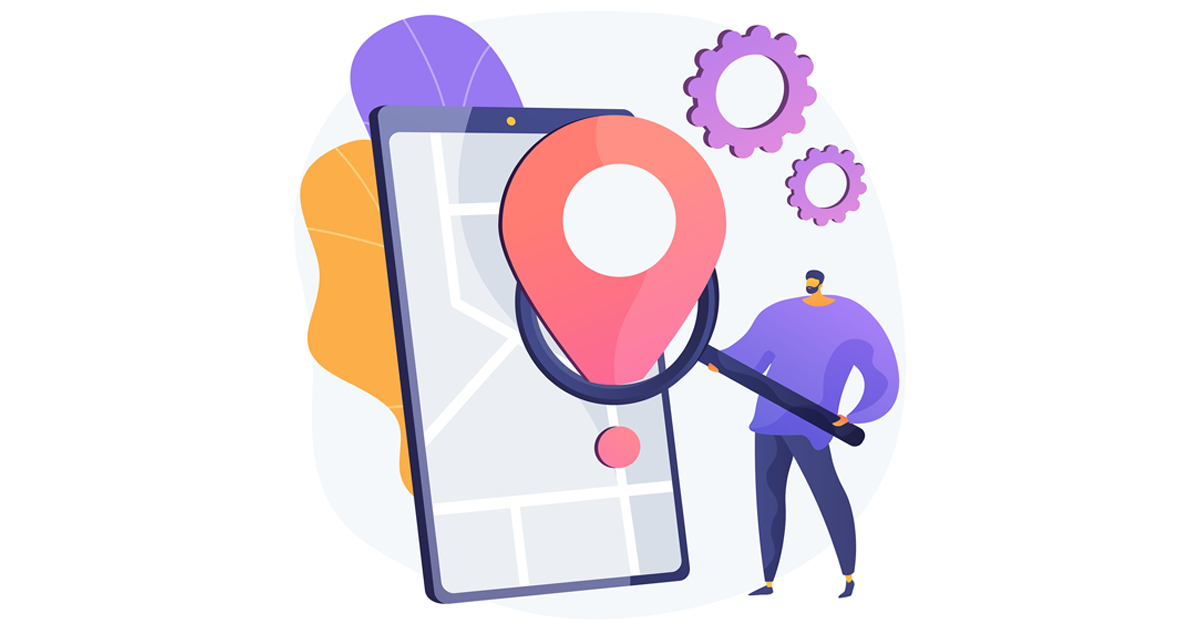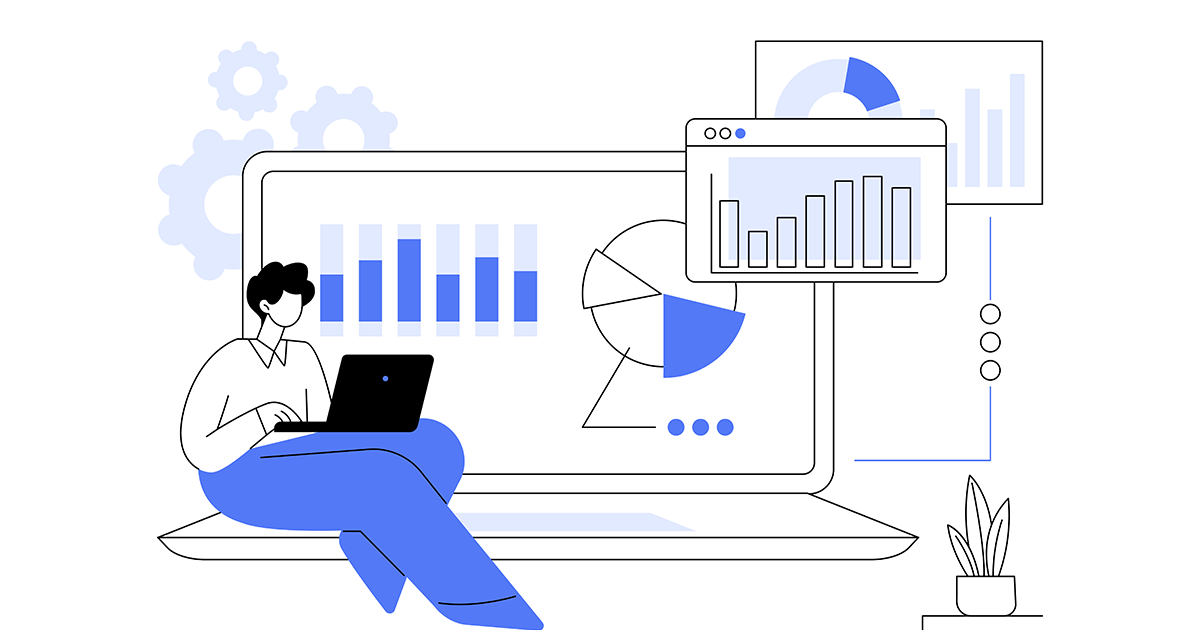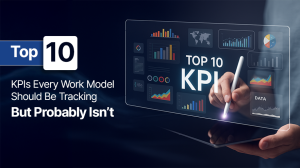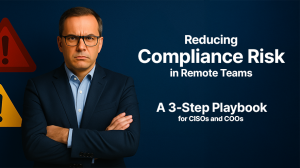Table of Contents
Would you run a factory without tracking production lines? If the answer is no—so, why treat your office any differently?
Monitoring what’s happening in your organization improves overall work is what 68% of businesses think.
In today’s hybrid and return-to-office (RTO) landscape, many leaders assume that physical presence equals productivity. But here’s the truth: without visibility into how work actually happens in the office, you’re flying blind. Missed deadlines, disengaged employees, and inefficient workflows often hide in plain sight.
Monitoring in-office work isn’t about surveillance—it’s about unlocking performance, accountability, and culture. If you’re not paying attention, you are not only missing metrics but also losing momentum.

The Myth of Physical Presence = Productivity
As a leader, you see your team is at desks, working on their systems, and the offices buzz with activities—but still there is no productivity, project gaps, or missed deadlines? The assumption that physical presence equates to productivity is one of the most persistent and costly myths in modern workplace management.
In reality, being in the office doesn’t guarantee focus, alignment, or output. Employees may be physically present but mentally disengaged, unclear on priorities, or stuck in inefficient workflows. Without visibility into how work is progressing, leaders are left to rely on surface-level signals—attendance, meeting participation, or casual check-ins—that reveal little about actual performance.
Recently, Gallup found that only 23% of employees strongly agree they get the right amount of feedback at work, and that number doesn’t improve just because they’re in the office. Without structured monitoring, leaders miss the chance to identify blockers, support struggling teams, and optimize performance.

Don’t wait for blind spots to become business risks
Explore how wAnywhere brings visibility to your workflows.
What You’re Really Missing
When in-office work goes unmonitored, it’s not just productivity that slips through the cracks—it’s a cascade of missed opportunities, hidden inefficiencies, and silent disengagement. Here’s what leaders often overlook:
1. Workflow Bottlenecks
Without visibility, it’s impossible to identify where tasks are getting stuck. A single approval delay or unclear handoff can stall entire projects. Monitoring helps surface these friction points early, allowing teams to course-correct before deadlines are missed.
2. Collaboration Gaps
In-office work doesn’t automatically foster collaboration. Teams may sit in the same building but operate in silos. Without tracking how and when collaboration happens, leaders miss chances to encourage cross-functional synergy and knowledge sharing.
3. Accountability & Ownership
When work isn’t monitored, accountability becomes ambiguous. Who’s responsible for what? What’s the status of key deliverables? Monitoring brings clarity, ensuring that ownership is visible and expectations are aligned.
4. Employee Sentiment
Disengagement doesn’t always look like absenteeism—it often shows up as quiet quitting, low initiative, or passive participation. Monitoring tools like pulse surveys or engagement dashboards can help detect early signs of burnout or dissatisfaction, enabling timely intervention.
The Business Impact of Blind Spots

When in-office work isn’t monitored effectively, the consequences ripple far beyond missed tasks or delayed projects. These blind spots quietly erode the very foundations of business performance—operational efficiency, team culture, and strategic decision-making.
Operational Costs
Unmonitored workflows lead to inefficiencies that compound over time. Tasks are duplicated, priorities shift without alignment, and resources are misallocated. The result? Wasted time, bloated budgets, and reduced output. Without visibility, leaders can’t optimize processes or allocate resources where they’re needed most.
Cultural Costs
A lack of monitoring can unintentionally signal that leadership isn’t paying attention. This breeds disengagement, erodes accountability, and fosters a culture of minimal effort. Employees thrive in environments where their contributions are seen, valued, and guided. Without that feedback loop, morale suffers—and so does retention.
Strategic Costs
Perhaps the most damaging impact is on decision-making. Leaders rely on data to steer the business, but without insights into in-office work, they’re making decisions based on assumptions. This often results in poorly aligned strategies, overlooked opportunities, and inaccurate forecasts. In today’s fast-paced business landscape, clarity isn’t a luxury—it’s a strategic edge.
What Effective Monitoring Looks Like

Let’s get one thing straight—monitoring isn’t micromanaging. It’s not about hovering over shoulders or tracking every keystroke. It’s about creating visibility, clarity, and alignment so your teams can thrive. Done right, monitoring becomes a strategic enabler, not a control mechanism.
So what does effective monitoring actually look like in the office? Let’s break it down:
Start with Purpose, Not Tools
Before jumping into software, ask:
- What do we need to see to lead better?
- Is it task progress?
- Team collaboration?
- Employee engagement?
Define the outcomes you want to improve—then choose tools that support those goals.
Action Tip: Run a quick internal audit. What are you currently blind to in your workflows? That’s your starting point.
- Use Smart Dashboards, Not Spreadsheets
Modern monitoring is visual, real-time, and intuitive. Tools like Asana, ClickUp, or Monday.com offer dashboards that show task progress, ownership, and timelines at a glance. No more chasing updates—just open the dashboard.
Action Tip: Set up a weekly “visibility review” where team leads walk through dashboard insights together.

Ready to monitor smarter, not harder?
Track productivity, spot bottlenecks, and secure your workplace—all with one powerful platform
- Pulse Surveys for Sentiment Tracking
Want to know how your team feels about their work? Ask them. Short, anonymous pulse surveys (via tools like Officevibe or Culture Amp) can reveal engagement levels, stress points, and morale trends—before they become retention risks.
Action Tip: Send a 2-question survey every Friday:
How was your week?
What’s one thing that could’ve made it better?
- Feedback Loops Over One-Way Reporting
Monitoring should be a two-way street. When employees see that their input leads to action, trust builds. Create space for feedback on processes, tools, and leadership decisions.
Action Tip: Add a “What’s not working?” section to your team retros or monthly reviews.
- Be Transparent About Monitoring
Nothing kills trust faster than secret tracking. Be upfront about what’s being monitored and why. Frame it as a tool for support and growth, not surveillance.
Action Tip: Host a short session explaining your monitoring approach and how it benefits the team.
o truly lead in today’s hybrid and in-office environments, you need more than fragmented insights—you need a unified, intelligent view of how work happens. That’s where wAnywhere steps in. It’s not just a monitoring tool—it’s a comprehensive workplace visibility platform built to help you manage productivity, engagement, and security from one powerful, easy-to-use system.
wAnywhere: Holistic In-Office Monitoring that Powers Productivity and Security
With wAnywhere’s one-stop employee monitoring platform, you get real-time dashboards that track task progress, application usage, idle time, and performance trends—making it easy to spot bottlenecks, support your teams, and keep projects on track. But what sets it apart is its AI-powered compliance and security layer. From enforcing clean-desk policies with facial recognition to flagging risky user behavior or data access violations, wAnywhere helps you protect your organization without compromising trust or transparency.
Whether it’s monitoring active hours, team collaboration, attendance, or potential insider threats—wAnywhere gives you full control and clarity across the board. You don’t need multiple tools or manual check-ins; wAnywhere consolidates it all into a seamless workflow, so you can make smarter decisions, boost accountability, and create a culture of visibility without surveillance.
Conclusion
In today’s workplace, simply showing up to the office isn’t enough—what matters is what gets done, how, and by whom. If you’re not actively monitoring in-office work, you’re missing crucial insights that drive performance, engagement, and accountability. Rather than relying on outdated assumptions, it’s time to take action: audit where you currently lack visibility, introduce smart monitoring practices like real-time dashboards or weekly sentiment check-ins, and be transparent with your team about how these efforts support their success. Visibility isn’t about control—it’s your competitive edge. Start now, and lead with clarity, not guesswork.
FAQs
Why should I monitor in-office work?
Just because employees are physically present doesn’t guarantee productivity. Monitoring in-office work helps uncover hidden inefficiencies, disengagement, and collaboration gaps. It ensures that work is progressing as expected, deadlines are met, and your team is operating at its full potential.
What tools are used for in-office monitoring?
wAnywhere is an all-in-one workforce monitoring solution that combines advanced workforce analytics with robust security features to give organizations complete visibility and control over in-office operations. It tracks productivity metrics like task progress, app usage, idle time, and attendance, while also offering AI-powered compliance tools such as facial recognition for clean-desk enforcement, insider threat detection, and secure access monitoring. With real-time dashboards and intelligent reporting, wAnywhere empowers leaders to make data-driven decisions, boost team accountability, and ensure both performance and security—without compromising employee trust.
How will monitoring improve leadership and decision-making?
Monitoring provides real-time data that helps leaders make informed, timely decisions. It reduces guesswork, highlights what’s working (and what’s not), and enables proactive management. With clear visibility, leaders can allocate resources effectively, align teams faster, and lead with confidence.
How does employee monitoring impact trust?
When done transparently, monitoring builds trust—not breaks it. The key is to communicate clearly why and how monitoring is being used, and to involve employees in the process. Framing monitoring as a tool for support, not surveillance, fosters a culture of accountability, openness, and mutual respect.
How to monitor the quality of work?
To monitor the quality of work, leaders should focus on outcome-based metrics rather than just activity levels. This includes tracking task completion rates, adherence to deadlines, consistency in performance, and the impact of work delivered. Regular feedback loops, peer reviews, and team check-ins help assess thoroughness and alignment with goals. Tools like wAnywhere enhance this process by providing real-time visibility into work patterns, project progress, and application usage—alongside analytics that spotlight quality trends and team output. With its built-in monitoring and reporting features, wAnywhere helps you evaluate not just how much work is being done, but how well it’s being executed.











